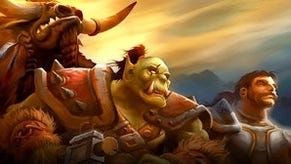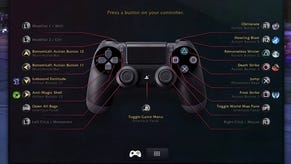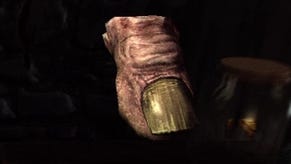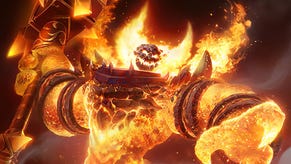World of Warcraft: Cataclysm
More is less is more.
While WOW's quest designers loaded the game with content (some 3000 new quests, according to Afrasiabi, three times what was in Lich King) Street's systems team had a different task: stripping away dead wood. Weapon skills - gone. Minor stats like spell power or mana regen - gone. And now he reveals that spells and abilities no longer have ranks - they're bought once and then level automatically with you.
This has allowed the team to completely re-engineer the progression of each class, re-ordering the delivery of new abilities and spreading them out across the game so you get a new toy more regularly on level-up. A new spellbook, one of many beautiful revisions to the user interface, shows you clearly what's next and when you need to visit the trainer. You can also now view all three talent trees at once - and these have been completely reworked from scratch too, with balance-fixing talents - "kitchen-sinked", in Street's term - simplified or replaced with more fun utilities for escape and survival, for instance.
Streamlining the game by getting rid of legacies that have outlived their usefulness is one thing. Junking a brand-new feature of the expansion after it's already been announced is quite another, but that's been done too with Paths of the Titans. That's how important Blizzard feels it is to fight the flabby over-complication that inevitably begins to weigh down a six-year-old game. "It felt like we were going to have to explain it a lot, players were going to be confused about how it worked, and it was going to have some unintended effects," explains Street. To fill its character-cusomtisation boots, Lich King's Glyph system will be expanded and made more manageable, and tweaked tooffer more choice.
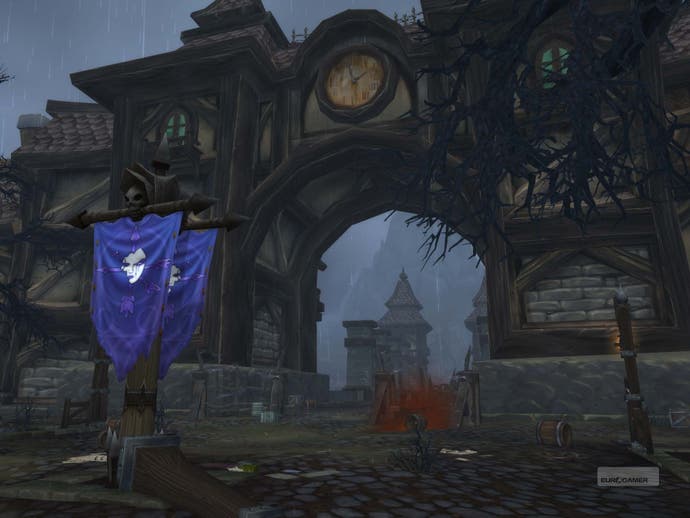
Paths of the Titans had been going to tie into the new secondary profession of Archaeology, but Blizzard doesn't seem worried that this has now been cut almost completely free of relevance to the economy, raiding and character development. Even more so than cooking and fishing, it's now a pure downtime diversion that now almost has more in common with WOW's achievements list than any other part of the game.
WOW's landscape is studded with ruins, and you'll be able to search these for artefacts - narrowing down your search within marked regions, rather than using nodes like mining. You'll uncover fragments which can be assembled into artefacts for the pure pleasure of collection and completion, as well as - for lore-junkies - filling in gaps in Azeorth's history. You'll get some loot too (blue items, novelty toys, even assembling a skeletal raptor mount) and the ability to grant raid buffs by reading runes. But the main point is to add texture to the world and a new avenue for box-ticking comfort gaming - as well as, quite appropriately, to document the past of a virtual world that has begun to change before our eyes.
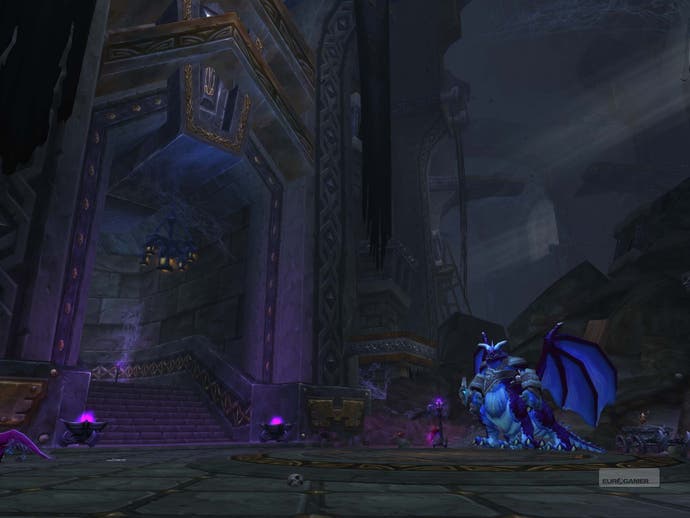
Finally, we get to the business end of the changes in Cataclysm, the shifts in philosophy and stabs at social engineering by which Blizzard is trying to steer its unwieldy community closer towards the MMO ideal. These apply in guilds, raiding, and player-verus-player.
We already know about the rated Battlegrounds that will attempt to reclaim WOW's larger scenarios as a venue for cutting-edge PVP. All Battlegrounds will now be match-made across an entire region rather than just a Battlegroup of servers. We're shown two new ones: Twin Peaks (yes, it is called that) is a small capture-the-flag map very similar to Warsong Gulch, with the notable twist of centrally-located graveyards. The Battle for Gilneas is a standard domination map enlivened by a novel urban setting for PVP - foggy, Victorian Gothic city streets.

